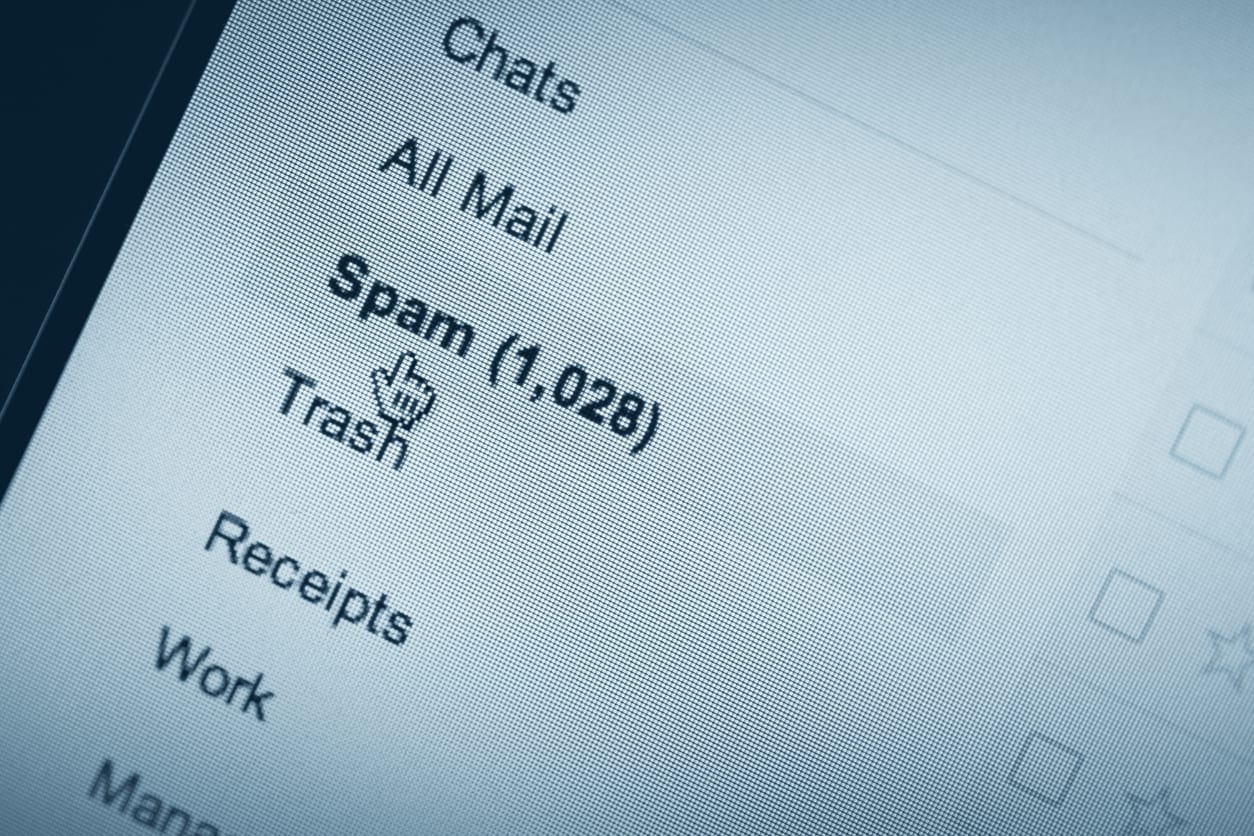But the way you’re using email marketing might be killing your results.
Late last year INC. claimed that “email marketing is dead” and soon everyone would catch on—yikes. Then, like a gift from Santa himself, right after Christmas The WSJ announced that email marketing was “the hot new way to reach people” and email marketers around the world rejoiced.
Neither of these headlines is accurate. In reality, email marketing has been around for a very long time and isn’t going anywhere soon. What started as a way to transmit messages between computers in 1971 has since evolved into one of the most effective forms of digital marketing in 2019.
The truth about email marketing
When done well, email has the power to nurture leads, drive conversions, boost retention, and increase the overall lifetime value of your customers. Compared to social media, email has a much higher ROI and gets significantly more engagement. Campaign Monitor published that on average, for every $1 spent on email marketing you can expect to see about $44 in return. Then, Opt-In Monster said that 60% of consumers (both B2B and B2C) have made a purchase as a result of an email marketing—compared with only 12.5% who made a purchase as a result of a social media post or ad.
So, why isn’t everyone making millions from their email marketing? While it’s true that email marketing as a whole isn’t dead, the way you are using it might be killing your results. Email is a complicated and ever-evolving channel, and those that claim “email marketing is dead” are the ones who are not evolving with it.
If you’re not seeing the results you’d hoped for with email marketing, this might be why:
You’re stuck in the spam folder

Don’t worry, you’re not alone. Only 85% of emails ever sent actually get delivered, and over 58% of those are classified as spam. If you think people are seeing your emails in their inbox and just not opening them, you’re wrong. In fact, continuing to send to subscribers who don’t open your email can seriously harm your sender reputation and increase your likelihood of going to spam. By doing this, you’re actually hurting your chances of making it to the inbox even for those that actually want to hear from you.
Why does this happen?
Security firewalls and complex algorithms act as gatekeepers to the promised land that is the inbox. These gatekeepers consider factors such as sender reputation, previous engagement, domain authentication (ask your IT team about it), and subject lines when deciding what to do with every email you send. Antiquated tactics like “mass blasting” are out, and more strategic tactics like segmentation and personalization are in. Plus, most email lists will churn at a rate of about 20-30% each year, meaning what worked today may not work in a year. Because of this, it’s crucial to constantly be monitoring your email audience and results, then adjusting your strategy accordingly.
How to know if you’re going to spam?
But how do you know if you’re going to spam in the first place? As a general rule of thumb, If you’re getting below a 10% open rate consistently, you’ve got a problem. Another rule of thumb is to remove someone from your list if they haven’t opened one of your emails in a year. With email, it’s all about quality, not quantity, so it’s much more valuable to have a small list of engaged subscribers than it is to “mass blast” an audience of people who don’t care about your content. Subscribers are one of the most valuable assets in email marketing, so you should treat them with the respect they deserve. You wouldn’t “blast” someone you respected, would you?
Fixing the problem
It’s not all doom and gloom, I promise. Admitting is the first step, and even the best brands have fallen victim to the spam folder. If your emails are going to spam the most important thing to do is understand why you’re there, map out a game plan to get out, then commit to being a better email marketer.
You’re not taking email marketing seriously
Maybe you aren’t going to the spam folder, yet, but you’re not getting the results you’d hoped for. You send out a monthly newsletter or maybe a promotional email each week. But, are you actually adding value to your business or your subscribers’ lives? Even mediocre emails can generate some results, but that’s not a sustainable business strategy and we’re here to help you be better.
Ask yourself, do you have the following fundamentals in place:
- Do you have a signup form on your website or at the point of purchase that makes it easy for people to sign up?
- Are you collecting information like first name, industry or role that might help make your data more robust, and enable you to send more personalized and targeted emails?
- Do you know who your key audiences are and what kind of content they would find valuable?
- Are you creating emails that are visually appealing, on-brand, and easy to engage with?
- How long have subscribers been on your list, where did they come from, and when did they last engage with you?
- Are you taking the time to test subject lines and content to see what your audience responds to?
- Do you have someone, either a vendor like JumpCrew or internal employee, whose top priority is email marketing?
- Have you allocated enough budget to invest in proper email tools?
- Do you have automation in place to nurture your audience at the various important stages of their customer journey with you?
- Do you have the time to research email tactics, tools, and trends as they evolve so you can be aware of important changes that could affect your results?
Prioritize email marketing
If you answered no to any of these questions, it’s time to get some help. Too often, email is assigned to an intern or it’s 1 of 30 things on a marketing manager’s to-do list. There’s rarely a line item for email and there’s almost never an expense account for attending email conferences, investing in better software, or taking courses to keep up with the industry. If you want results from email marketing, you have to dedicate the time and resources needed to make it work.
You’re forgetting the human element in email marketing

Last but not least, the brands who succeed in the inbox are the ones who remember there are humans on the receiving end of every email. Humans have incredibly short attention spans and get hammered with emails every minute of the day. The best way to stand out from the clutter is to add elements of humanity wherever you can.
What would make your audience smile? If you know someone’s first name, why aren’t you using it? What keeps them up at night? If people aren’t opening your promotional emails, why don’t you try sending something else? What can you do today to add value to their lives? Is your message clear and your call to action easy to find? The more you connect with your subscribers on a human level, the more memorable (and effective) your emails will be.
In a world full of automated drip campaigns and generic newsletters, simply treating your subscribers like humans and taking the time to invest in a solid email program is the key to seeing big results.
If you need help with your own email marketing JumpCrew offers a variety of email services.
Fill out this form, we’d love to connect.
Read more: 5 Reasons Your Business Needs A Blog


